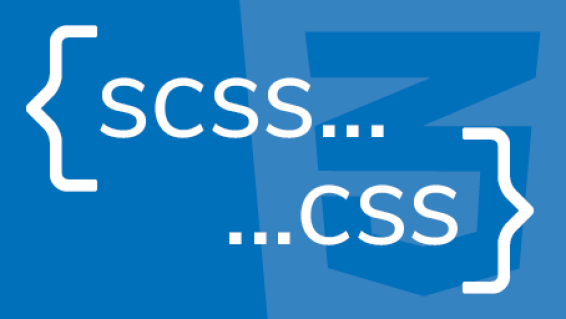
Written by me@grafxflow
30 Sep, 2019
0
5,436
Initially I used LESS for most of my CSS pre-processing, but due to its lazy load structure I started using SCSS which in my opinion is a much more structured and functional compiler.
The basic SCSS logic works along the using the following architecture - @mixin, @extend and placeholders. However there are differences between them and specific use cases. Here is a little breakdown of how they each work.
Placeholders are a nice way of extending a class. The pre-processor skips %example-placeholders and therefore doesn't include it in the compiled css.
%example-placeholders {
font-weight: 900;
color: #FF00FF;
}
body {
@extend %example-placeholders;
}
h1 {
@extend %example-placeholders;
}The css output is:
body, h1 {
font-weight: 900;
color: #FF00FF;
}With a @mixin it works more like a function where you can define a style. A simple example would be below.
@mixin example-mixin {
font-weight: 900;
}
body {
@include example-mixin;
}
h1 {
@include example-mixin;
}The css output is:
body, h1 {
font-weight: 900;
}But like a function you can also send arguments which makes the @mixins more powerful - so here is the example as above but passing a value.
@mixin example-mixin ($property) {
font-weight: $property;
}
body {
@include example-mixin(900);
}
h1 {
@include example-mixin(800);
}The css output is:
body {
font-weight: 900;
}
h1 {
font-weight: 800;
}NOTE: You can also pass more than one value to the @mixin.
These can make it very powerful and also cut out a lot of tedious repetitive legwork, so if I had to use border-radius for cross browsers this would be the best option using @mixins.
@mixin border-radius($radius) {
-webkit-border-radius: $radius;
-moz-border-radius: $radius;
border-radius: $radius;
}
.container {
@include border-radius(10px);
}The css output is:
.container {
-webkit-border-radius: 10px;
-moz-border-radius: 10px;
border-radius: 10px;
}From my experience this is where it has an advantage over LESS, and the use of global functions that can be called anywhere.
With @extend it allows one style to inherit styles from its selector. So the basic usage would be.
.example-extend {
font-weight: 900;
color: #FF00FF;
}
.example-extended {
@extend .example-extend;
}And would output.
.example-extend, .example-extended {
font-weight: 900;
color: #FF00FF;
}Another more complicated example would be.
.example-extend {
padding: 10px;
h3 {
font-weight: 900;
color: #FF00FF;
}
}
.example-extended {
@extend .module;
}This would output.
.example-extend, .example-extended {
padding: 10px;
}
.example-extend h3, .example-extended h3 {
font-weight: 900;
color: #FF00FF;
}SCSS is a greate way of making a cleaner/quicker workflow and is relatively easy to learn. Now the @mixin, @extend and placeholders all have their own pros and cons, but guaranteed it will make life easier for any developer.
25 Mar, 2010
02 Aug, 2015
11 Sep, 2012

I am a Full-stack Developer who also started delving into the world of UX/UI Design a few years back. I blog and tweet to hopefully share a little bit of knowledge that can help others around the web. Thanks for stopping by!
Follow20 May, 2025
11 Jul, 2023
Views: 169,294
Views: 41,860
Views: 39,652
Views: 36,468